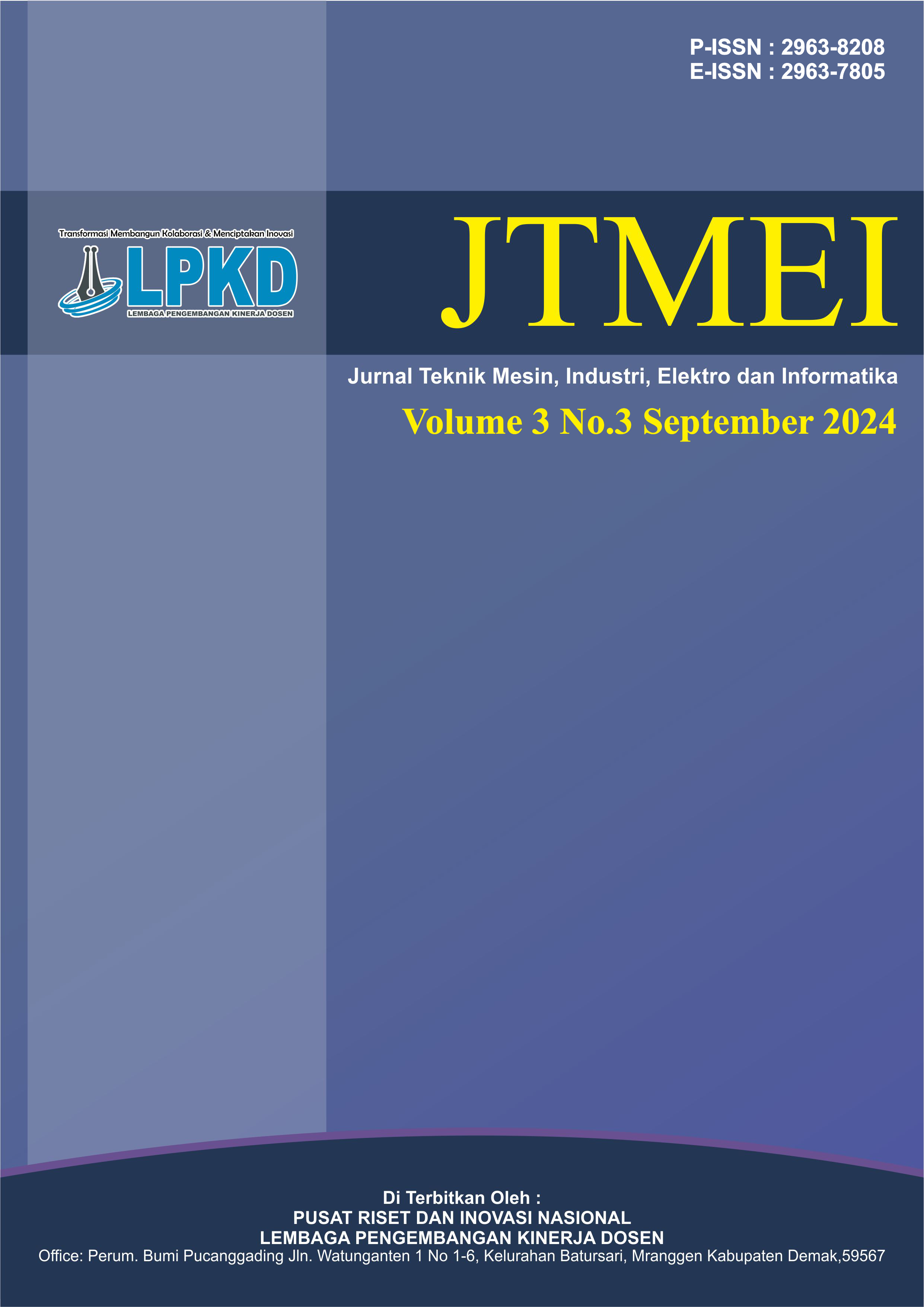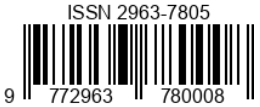Dari Sains Fiksi ke Medan Perang: Realitas dan Tantangan Pesawat Tanpa Awak Bersenjata dengan Kecerdasan Buatan
DOI:
https://doi.org/10.55606/jtmei.v3i3.4848Keywords:
Artificial Intelligence (AI), Unmanned Aerial Vehicles(UAVs), mitigationAbstract
The integration of artificial intelligence (AI) into Unmanned Aerial Vehicles (UAVs) has revolutionized modern warfare, offering significant strategic advantages while simultaneously raising profound ethical and regulatory challenges. This journal explores the multifaceted implications of AI-weaponized UAVs, examining their strategic benefits, ethical concerns, regulatory needs, and potential future applications. It argues for a cautious approach to development and deployment, emphasizing the crucial need for international cooperation and ethical frameworks to mitigate the risks associated with this transformative technology.
Downloads
References
Amnesty International. (2019). Deadly Assistance: The Role of EU Member States in the Yemen Conflict.
Arkin, R. C. (2009). Governing Lethal Behavior in Autonomous Robots. Chapman and Hall/CRC.
Arquilla, J., & Ronfeldt, D. (2013). The Advent of Netwar. RAND Corporation.
Bostrom, N., & Yudkowsky, E. (2014). Ethics of Artificial Intelligence. Cambridge University Press.
Campaign to Stop Killer Robots. (2023). "Why We Need a Ban on Fully Autonomous Weapons." https://www.stopkillerrobots.org
Chatham House. (2017). The Ethics of Autonomous Weapons. Chatham House.
Cummings, M. L. (2017). Artificial Intelligence and the Military. MIT Press.
Future of Humanity Institute, University of Oxford. (2020). "The Challenges of Autonomous Weapons Systems." https://www.fhi.ox.ac.uk
Gonzalez, P., et al. (2018). Real-Time Decision Making in Military UAV Operations. Journal of Military Strategy, 34(2), 50-65.
Gow, J. (2020). Escalation and De-escalation in Modern Warfare. International Security Review.
Heath, A., & Vogel, R. (2020). Regulating Autonomous Weapons Systems: A Global Framework. Oxford University Press.
Hernandez, R., et al. (2020). Advancements in UAV Technology for Autonomous Warfare. International Journal of Defense Studies, 48(1), 23-39.
Hofstadter, D. R. (2001). Gödel, Escher, Bach: An Eternal Golden Braid. Basic Books.
Human Rights Watch, "Mind the Gap: The Lack of Accountability for Killer Robots"
ICRC Report on Autonomous Weapons
ICRC. (2019). International Humanitarian Law and the Challenges of Contemporary Armed Conflicts.
IEEE. (2019). Ethics of Autonomous and Intelligent Systems. IEEE.
IEEE. (2019). IEEE Global Initiative on Ethics of Autonomous and Intelligent Systems.
International Committee of the Red Cross (ICRC). (2021). "Autonomous Weapons Systems and International Humanitarian Law." https://www.icrc.org
Journal of Aerospace Computing, Information, and Communication. (2019). "Sistem Autonomi AI pada UCAV: Sebuah Studi". Journal of Aerospace Computing, Information, and Communication, 16(3), 1-10.
Journal of Defense Management. (2018). "Biaya Operasional UCAV: Sebuah Analisis". Journal of Defense Management, 8(2), 12-20.
Journal of Intelligent Information Systems. (2020). "Kelemahan UCAV: Sebuah Analisis". Journal of Intelligent Information Systems, 55(1), 1-12.
Kleinberg, J., Mullainathan, S., & Raghavan, M. (2016). Inherent Trade-Offs in the Fair Determination of Risk Scores. arXiv preprint arXiv:1606.06759.
Lin, P., Bekey, G., & Abney, K. (2008). Robot Ethics: The Ethical and Social Implications of Robotics. MIT Press.
Pagonis, K., et al. (2020). Ethical Implications of Autonomous Systems in Warfare. Journal of Ethics in Technology, 33(2), 45-58.
RAND Corporation. (2019). "UCAV dan Risiko Keamanan: Sebuah Studi". RAND Corporation, RR-2456, 1-24.
Sharkey, N. (2012). The evitability of autonomous robot warfare. International Review of the Red Cross, 94(886), 787-799.
Sharkey, N. (2019). The Ethics of Autonomous Weapons Systems. Springer.
Shin, K., et al. (2022). Autonomous UAVs: Strategic Advantages in Combat Situations. Journal of Aerospace Systems, 56(3), 80-91.
Singer, P. W. (2013). The Robotics Revolution and Conflict in the 21st Century. Routledge.
Sparrow, R. (2007). Killer Robots. Journal of Applied Philosophy, 24(1), 62-77.
Stanford Law Review, "Liability for Autonomous Weapon Systems"
Sullins, J. P. (2011). When Is a Robot a Moral Agent? The International Journal of Robotics Research, 30(6), 685-694.
UNIDIR. (2019). Ensuring the Effective Regulation of Autonomous Weapons: A Guide to the Convention on Certain Conventional Weapons.
Xia, J., et al. (2019). Artificial Intelligence in Military UAV Decision-Making Systems. AI & Security Journal, 12(4), 101-115.
Zhao, L., et al. (2021). Machine Learning Algorithms in UAV Decision Making: A Comprehensive Review. Journal of AI Applications in Defense, 27(1), 12-25.
Downloads
Published
How to Cite
Issue
Section
License
Copyright (c) 2024 Jurnal Teknik Mesin, Industri, Elektro dan Informatika

This work is licensed under a Creative Commons Attribution-ShareAlike 4.0 International License.








